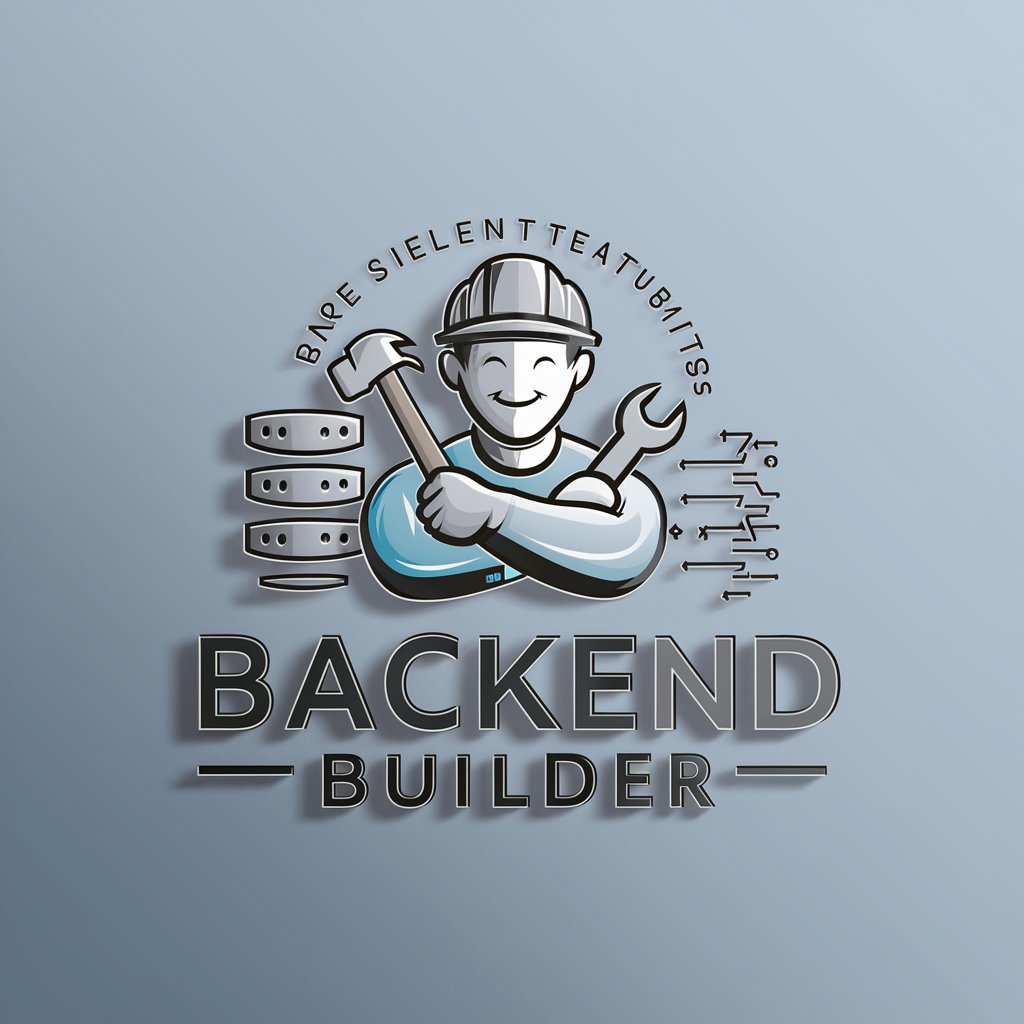
Workbench Helper - Workbench Simulation Aid

Welcome! How can I assist you with Workbench today?
Empowering Simulations with AI
How do I set up a fluid simulation in Workbench?
What are the best practices for mesh division in ANSYS?
Can you guide me through optimizing a model using Workbench?
How can I solve contact problems in my simulation project?
Get Embed Code
Introduction to Workbench Helper
Workbench Helper is a specialized AI tool designed to assist users with various aspects of Workbench software, an integral part of ANSYS suite. Its primary purpose is to provide guidance, troubleshooting advice, and insights on best practices for leveraging Workbench for engineering and design tasks. This includes support for model slicing, mesh division, optimization, fluid simulation, and handling contact problems among other functionalities. For example, a user working on a complex fluid dynamics problem can turn to Workbench Helper for advice on setting up their simulation in ANSYS Fluent via Workbench, including tips on meshing strategies and boundary condition settings. Powered by ChatGPT-4o。

Main Functions of Workbench Helper
Model Slicing and Mesh Division
Example
Dividing a 3D model of a turbine blade into manageable slices for detailed stress analysis.
Scenario
An engineer needs to conduct a finite element analysis on a turbine blade. Workbench Helper guides them through the process of slicing the model for a more detailed mesh division, optimizing computational resources while ensuring accuracy.
Optimization
Example
Optimizing the design of a bracket to minimize weight while maintaining structural integrity.
Scenario
A designer is tasked with reducing the weight of a bracket used in aerospace applications. Workbench Helper provides step-by-step guidance on setting up the optimization study in Workbench, including selecting objective functions and constraints.
Fluid Simulation
Example
Simulating the airflow around an automobile to analyze drag and lift forces.
Scenario
An automotive engineer aims to improve a car's aerodynamics. Workbench Helper assists in setting up a CFD simulation in ANSYS Fluent through Workbench, advising on meshing techniques and interpreting the results for drag reduction.
Contact Problems
Example
Analyzing contact stresses between gear teeth in a transmission system.
Scenario
A mechanical engineer needs to ensure the durability of a new gear design. Workbench Helper helps them configure the contact analysis in Mechanical, providing insights on appropriate contact types and settings for accurate stress distribution analysis.
Ideal Users of Workbench Helper Services
Engineering Students
Students in mechanical, aerospace, civil, and other engineering disciplines will find Workbench Helper invaluable for learning simulation techniques, completing projects, and understanding complex concepts through practical application.
Professional Engineers
Professionals in design, analysis, and research roles across industries such as automotive, aerospace, manufacturing, and energy. They benefit from Workbench Helper by enhancing productivity, ensuring accuracy in simulations, and exploring innovative design and optimization strategies.
Academic Researchers
Researchers working on cutting-edge projects in materials science, fluid dynamics, structural analysis, and other fields can leverage Workbench Helper to streamline their simulation setup, explore new analysis methods, and validate their hypotheses with ANSYS software.

Using Workbench Helper: A Step-by-Step Guide
1
Start by visiting yeschat.ai for a complimentary trial, accessible instantly without the necessity for logging in or subscribing to ChatGPT Plus.
2
Choose the Workbench Helper tool from the available options to get started with your specific engineering analysis or simulation tasks.
3
Input your query or describe the problem you are facing in detail. Be specific about software versions, error messages, or analysis types for more accurate assistance.
4
Follow the guided instructions or solutions provided by Workbench Helper. Utilize any supplementary resources or examples given for better understanding.
5
For complex issues, refine your question based on initial feedback or explore related queries to broaden your understanding and solutions provided by the tool.
Try other advanced and practical GPTs
Flow Urbano Studio GPT
Inspiring Urban Music Innovation

AI Resource Navigator
Navigate Resources with AI Precision

Sales Coach Pro AI
Empower Your Sales with AI

SEO
Empowering Your Online Presence with AI-Driven SEO

SeoulGPT
Your AI-powered Seoul Navigator

Startup PR Guru
Empowering Startups with AI-driven PR Strategies

Divine Melody GPT
Empowering Worship with AI

Swift Lyric Matchmaker
Match Your Mood with Swift Lyrics

人物写真からイラスト生成
Transforming Photos into Unique AI-Powered Illustrations

不動産仲介マーケットデータまとめ(首都圏)
AI-powered Real Estate Market Analysis

#未来発メーカー
Visualizing the future of innovation.

minimalist emoticon
Express Emotions Simply with AI-Enhanced Emoticons

FAQs About Workbench Helper
What is Workbench Helper designed for?
Workbench Helper is designed to assist users with engineering simulations and analyses using Workbench software, covering a wide range of topics including model preparation, simulation setup, and result interpretation.
Can Workbench Helper assist with specific software versions?
Yes, Workbench Helper can provide targeted assistance for specific versions of Workbench software. It's helpful to mention the software version in your query for the most accurate guidance.
Does Workbench Helper offer support for meshing problems?
Absolutely, Workbench Helper offers in-depth support for meshing issues, including guidance on mesh refinement, troubleshooting mesh errors, and optimizing mesh for various simulation types.
How can I get the best results from using Workbench Helper?
For optimal results, provide detailed descriptions of your issue, including any error messages, the steps leading up to the issue, and specific goals for your simulation. This enables the tool to provide the most accurate and helpful advice.
Is there a way to learn Workbench software from the beginning with Workbench Helper?
While Workbench Helper is more focused on troubleshooting and specific queries, it can provide guidance on basic concepts and direct users to resources for learning Workbench software from the ground up.





